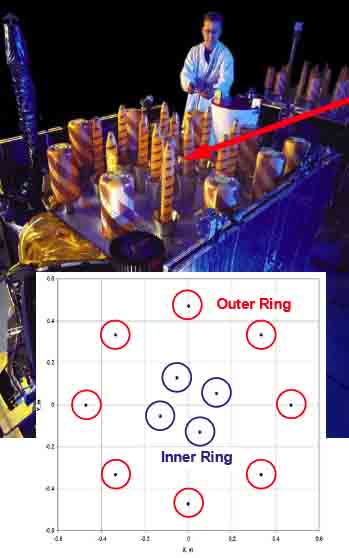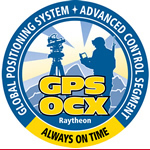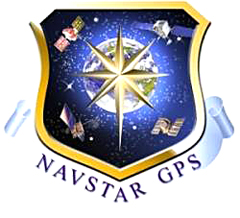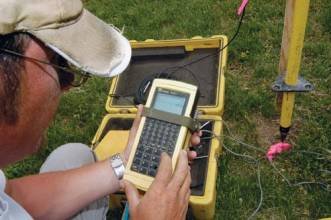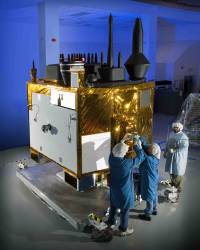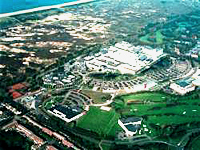U.S. Invites Comments for Easing GPS SVN49 Signal Anomaly

(This article first appeared in the March 31 Inside GNSS SIGNALS eNewsletter)
The GPS Wing is in the middle of a yearlong process designed to sort out the trade-offs among a set of at least nine options that may be undertaken to reduce the effects of a signal anomaly on the GPS satellite known as SVN49.
In a March 26 teleconference, the first of two scheduled to discuss the options, Lt. Col. James Lake, the wing’s deputy chief engineer, emphasized that some of the options could well improve the performance of some receivers while decreasing that of others.
He underlined the Air Force’s concern that receivers that don’t conform to the specification for GPS space segment/navigation user interfaces (IS-GPS-200) "greatly complicate the issue."
By Inside GNSS


